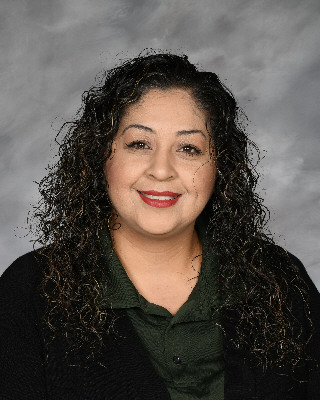Breakfast Menu
Lunch Menu
Food Services
Palo Verde’s Cafeteria offers a well-balanced lunch to all of its students and staff. Our program is federally and state funded, and Lunch is free for all students enrolled at Palo Verde School. In order to provide this benefit to all students, you are required to complete and submit to the district office a Free and Reduced Meal Application. This application should be returned to the school within the first few days of your child’s enrollment at Palo Verde. Only one application per family is needed. Without completed applications from ALL families, we might not be able to continue in this program.
Students are escorted to the cafeteria in a scheduled rotation. They are required to observe the rules of proper behavior while in the cafeteria, to enter and leave the building in an orderly manner, and to follow the instructions of the supervising adults. It is acceptable for students to speak quietly to others seated near them; however, loud talking and playing are not allowed.
Breakfast Program: Palo Verde provides a breakfast program, free of charge, to all students and encourages all students to eat breakfast. Students who eat breakfast must go to the cafeteria to eat before they go to the playground. Teachers are to remind students of this rule, and staff members who see students not following this rule, are to redirect students. No breakfast is served on a foggy day delay schedule.
Lunch: Palo Verde also provides a nutritious meal for lunch, free of charge to all students enrolled. Please encourage students to enjoy lunch at school. School meals focus on more whole grains, fruits, vegetables, low fat or nonfat milk and less sodium and fat. Nutritious meals will help kids stay healthy. Please do not send extra for your child to eat along with their cafeteria provided lunch. The state requires that when a child takes a nutritious cafeteria meal, there should be no outside foods brought in that might prevent the child from eating this lunch. All students eating in the cafeteria must receive all the correct food servings. A staff member will be supervising them to ensure that they get the correct servings. For accounting purposes, students will also be accounted for by using a count clicker. (They will also do this for breakfast) For all grades we provide offers versus serve, giving students a choice. They must take 3 different food components 1) Meat/Meat alternate 2) Vegetable/Fruit – at least two ½ cup 3) Grains/Breads (Bread, Tortilla, Bagels, Rice, Pasta, Rolls, etc) and/or 4) Milk. If the student wishes, they may take servings of all the groups.
The U.S. Department of Agriculture prohibits discrimination against its customers, employees, and applicants for employment on the bases of race, color, national origin, age, disability, sex, gender identity, religion, reprisal, and where applicable, political beliefs, marital status, familial or parental status, sexual orientation, or all or part of an individual's income is derived from any public assistance program, or protected genetic information in employment or in any program or activity conducted or funded by the Department. (Not all prohibited bases will apply to all programs and/or employment activities.)
If you wish to file a Civil Rights program complaint of discrimination, complete the USDA Program Discrimination Complaint Form, found online at http://www.ascr.usda.gov/complaint_filing_cust.html, or at any USDA office, or call (866) 632-9992 to request the form. You may also write a letter containing all of the information requested in the form. Send your completed complaint form or letter to us by mail at U.S. Department of Agriculture, Director, Office of Adjudication, 1400 Independence Avenue, S.W., Washington, D.C. 20250-9410, or by fax (202) 690-7442 or by email at program.intake@usda.gov. Individuals who are deaf, hard of hearing or have speech disabilities may contact USDA through the Federal Relay Service at (800) 877-8339; or (800) 845-6136 (Spanish).
USDA is an equal opportunity provider and employer. Note: The only protected classes covered under the Child Nutrition Programs are race, color, national origin, sex, age, or disability.
Food Service Staff

Flora Mosqueda
Food Director

Sandi Bean
Cafeteria Aide

Andrea de la Cruz
Cafeteria Aide

